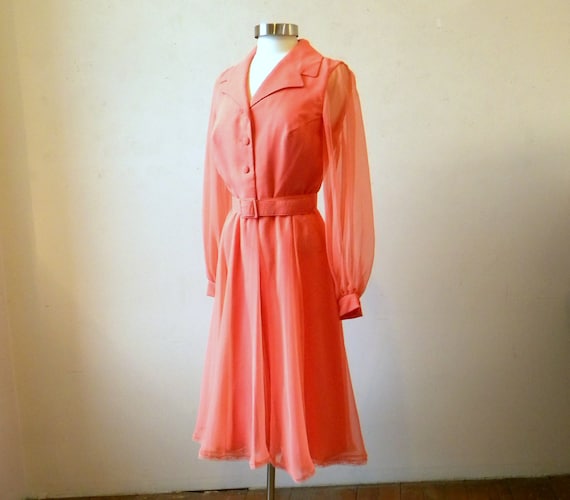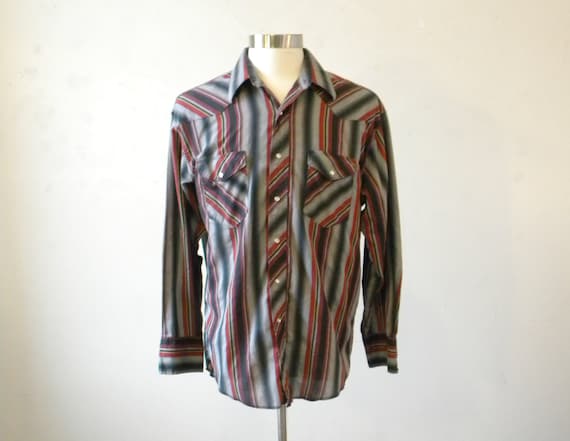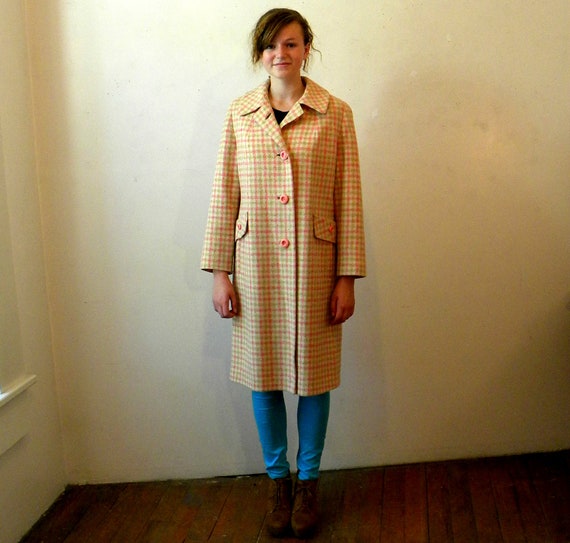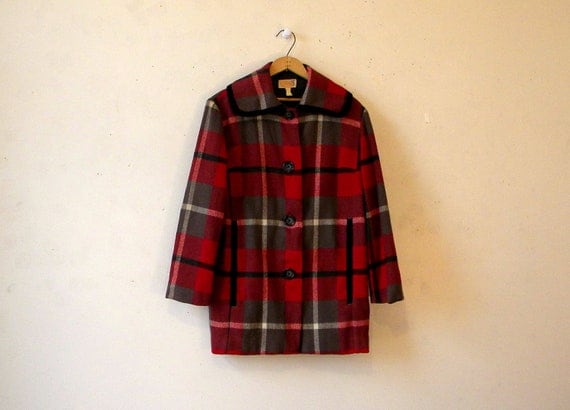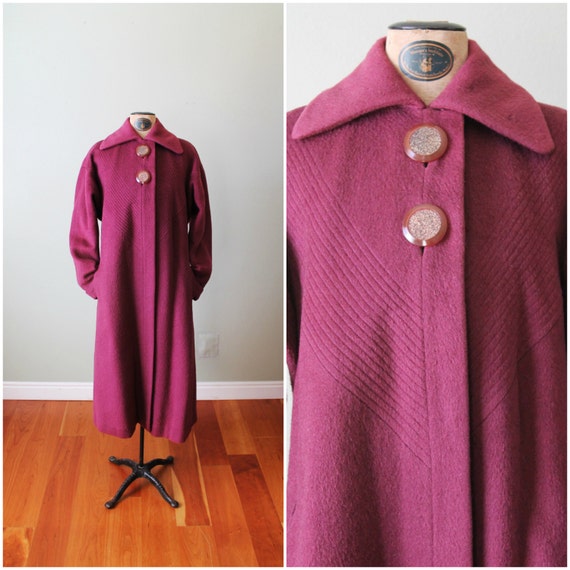
But wading into the ocean of vintage fashion shopping can be confusing.
What actually is vintage clothing? How can you learn to tell the difference between clothes that are authentic vintage and those that were made five years ago in a vintage style?
The Little Guide to Vintage Shopping, by Melody Fortier, is my go-to reference book for all these questions. I’ve looked at quite a few vintage clothing guides, and this is my favorite.
Here’s why:
First, it has in-depth guidance for how to date vintage clothes—something I absolutely need as a seller of vintage clothing. Melody takes some of the standard “tips” that one finds online about how to date garments, and tells how to understand them in the overall context of the garment.
For example, we’re often told that metal zippers mean a dress is vintage. Melody explains why this is often true….but not always.

1960s silk sheath dress. Photo: Chronologie Vintage.
Another example: you will sometimes read that clothes with union labels are vintage. Again, this is often the case but not sometimes not—and Melody spells it all out clearly. In fact, it’s hard to prove with 100% certainty that a garment is vintage. But there are lots of clues we can use that add up to very educated guesses.
Melody guides us through the process she uses for dating clothes, beginning with looking at their overall silhouette—with a helpful, basic overview of vintage dress shapes—and going on to things like zippers, labels, buttons, fabric, and seams.
All of this is well organized and easy to understand.
Second, one of my favorite features of The Little Guide to Vintage Shopping is the fiber content reference guide. As a vintage seller, I think it’s important to tell my customers what the garments I sell are made of and how to care for them.
Lots of older pieces don’t have fiber content tags. Melody shows and tells how to do a simple burn test on a few threads of fabric to figure out what fiber content is in a garment if there’s no care tag.

1950s cotton novelty print. Photo: Chronologie Vintage.
If there was nothing else in this book that was valuable, this fiber content guide alone would be worth the price of the book.But, as I’ve said, there’s a lot more that’s valuable too. The book also includes a good overview of vintage jewelry, and tips for storing and cleaning vintage pieces.
Last but not least, there are lots of photos of beautiful vintage pieces. That’s a lot of good stuff in a small, purse-size book.
There’s not much I would improve about this book, but a review is supposed to include the good and bad.
Personally, I don’t find it all that helpful that there are good vintage stores listed in the back of the book. In a few years, who knows if these will still be going? I would rather have had a few more pages devoted to fashion history.
But that’s just me…the fashion history geek. I’m sure a lot of readers will find the store list helpful.
On the whole, I LOVE this book. If you’re looking for a one-stop vintage buying guide that’s portable and easy to use, you can’t do better than The Little Guide to Vintage Shopping.







